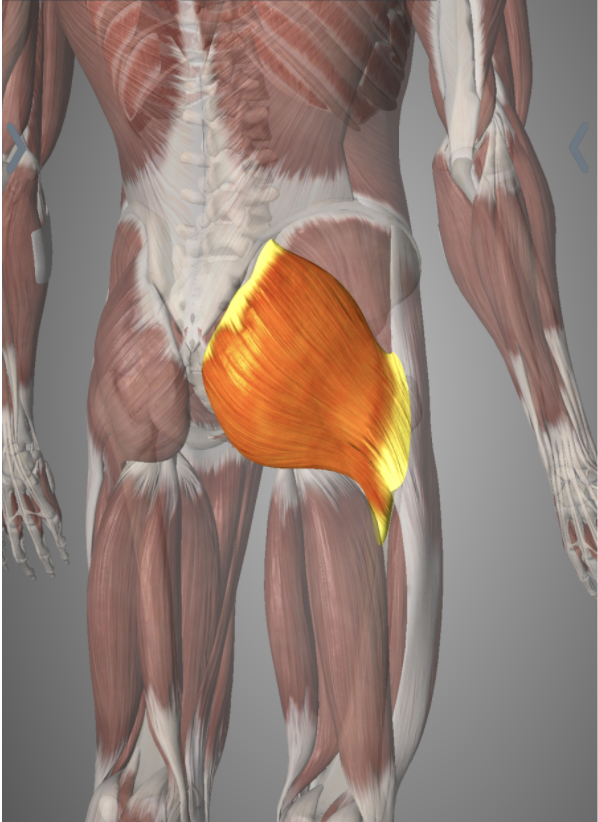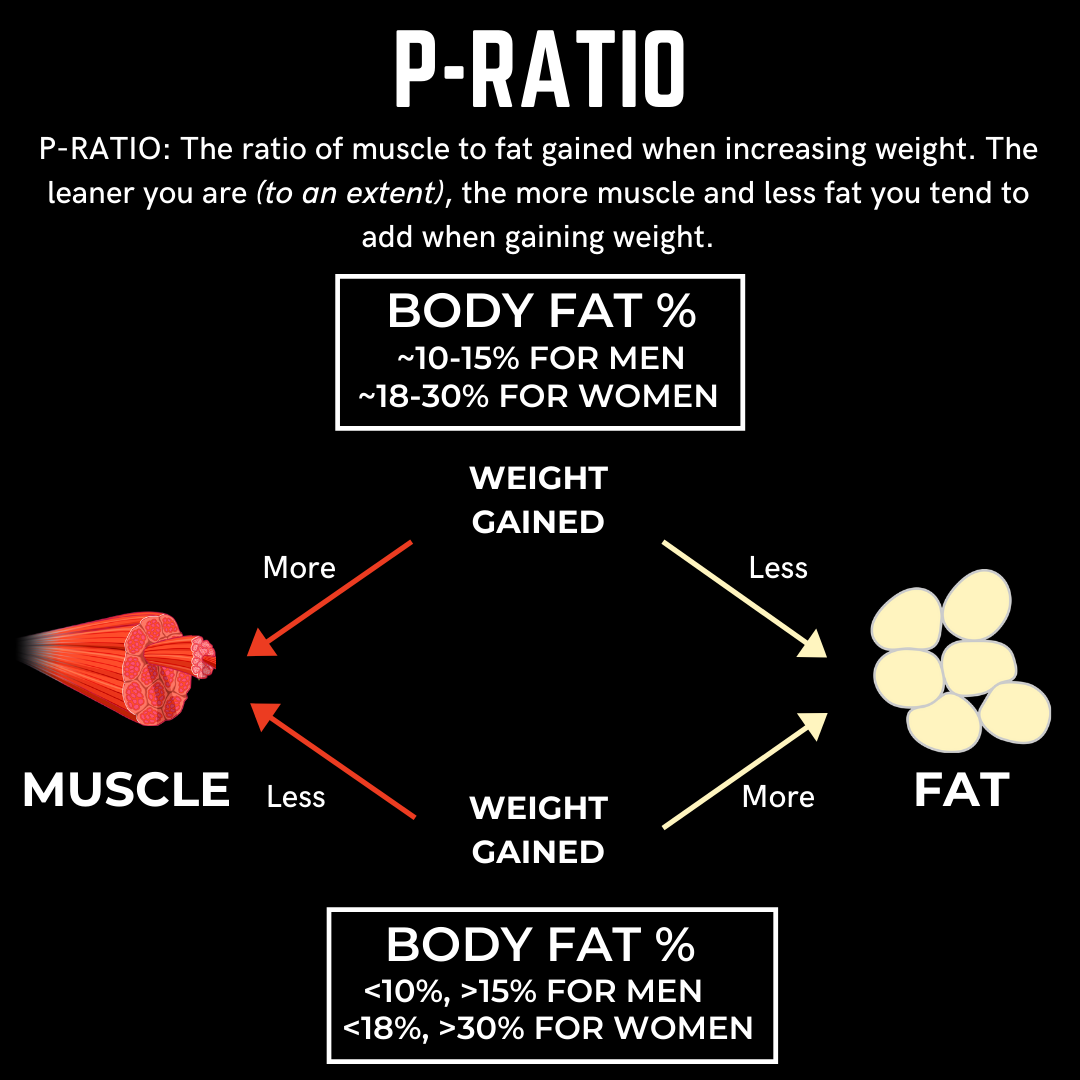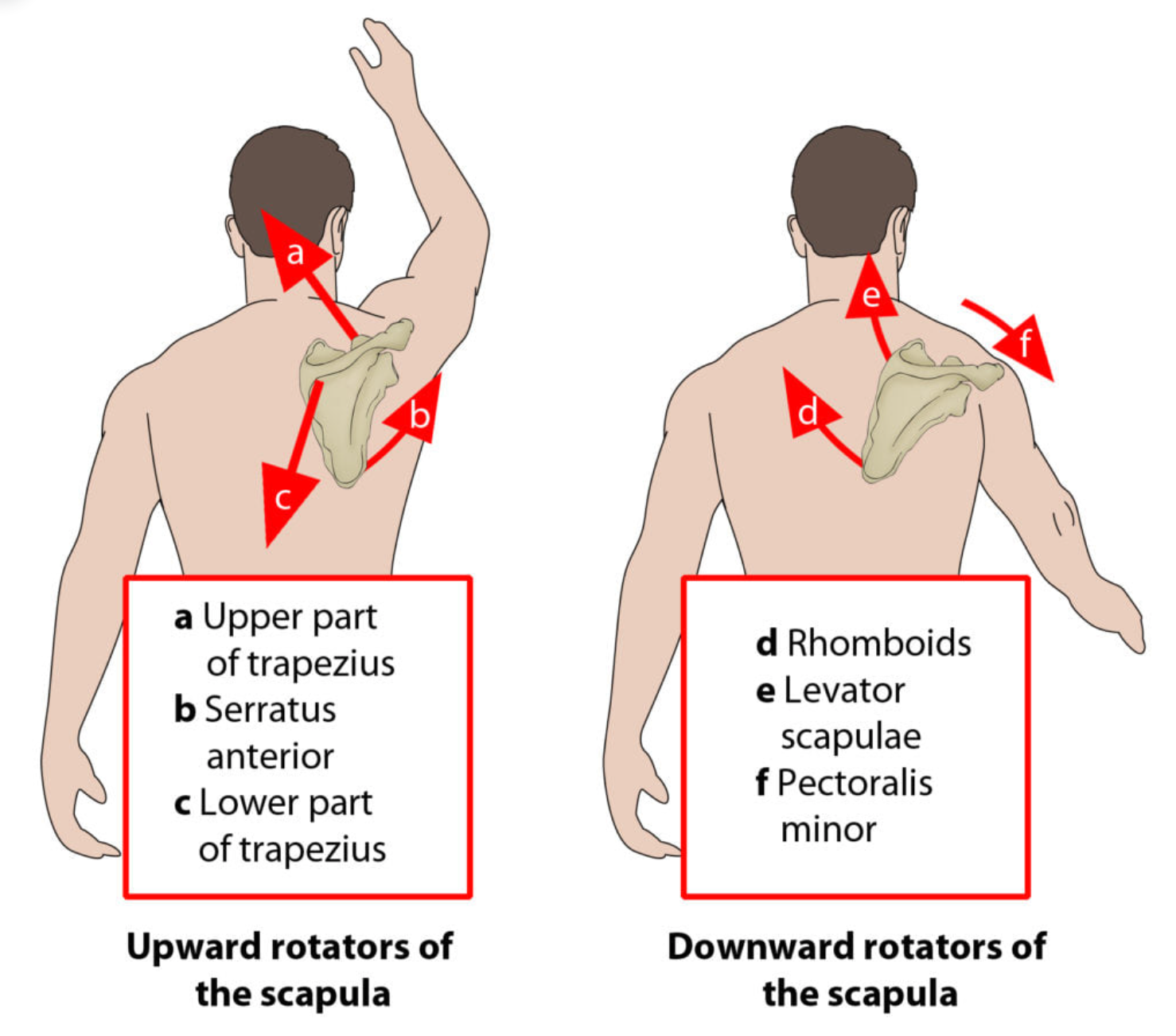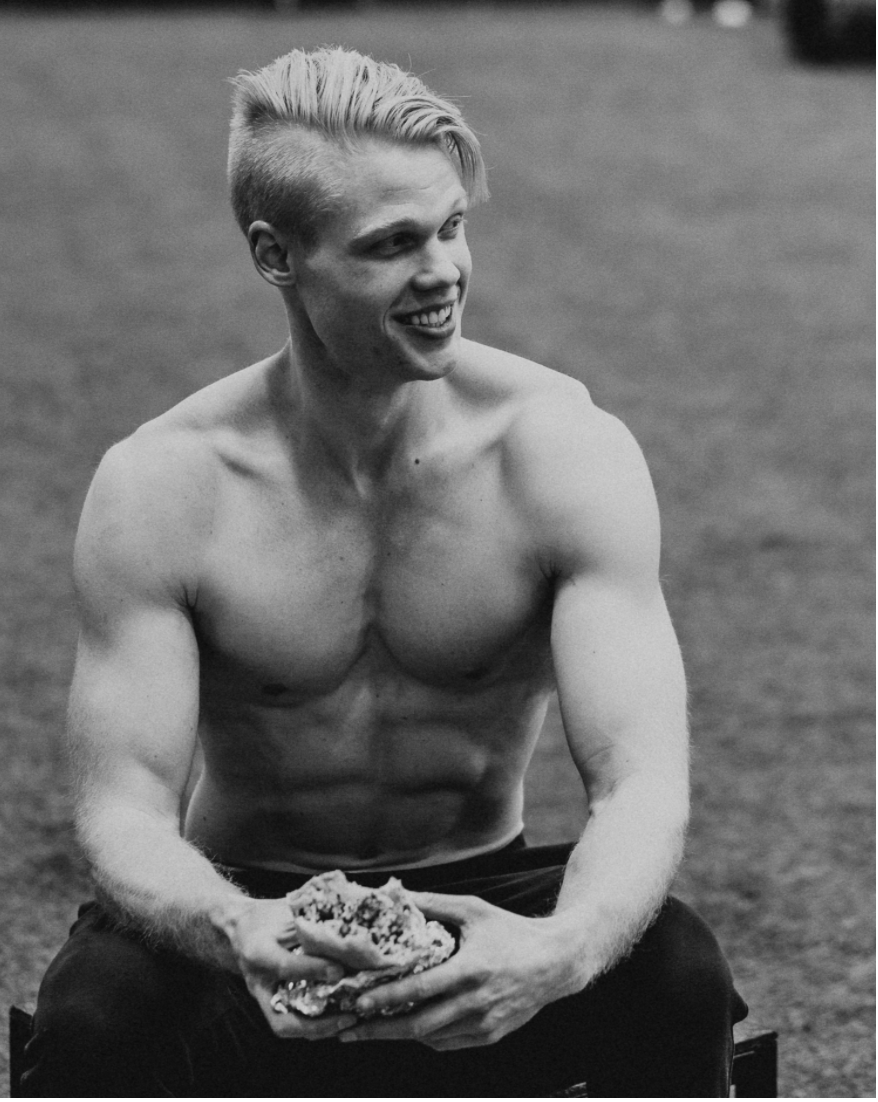If you've never done one of these, you're leaving results on the table.
A Building Phase is a phase dedicated to eating more calories than you're burning, and building lean muscle.
Really, it's what 99% of you who can’t achieve the lean, strong body composition you’re chasing are missing.
For women and men alike, spending 6-12 months focused on fueling your training will make a BIG difference in your body composition.
For example:
Let’s say you just got super lean for the first time ever with the help of Online Coaching, and have 20lbs of fat left on your body.
The problem?
You still don’t look as lean or strong as you want... but your hormones & energy levels are zapped. You can't realistically lose any more body fat and expect to sustain that level of leanness. We know that at this point, your physiology is strongly pushing back against you getting any leaner.
So, we decide it's time for you to start your first building phase.
You go through 8 months of building —> 8 weeks of cutting —> end up back near where you started, with 20lbs of fat left on your body.
But, now (thanks to the building phase) you have an additional 8lbs of lean muscle on your frame.
So even though fat mass is the same as before, your body fat percentage is lower, and your body composition is much different.
This is exactly why I’m always convincing online clients to commit to building phase. “Convincing”, because the thought of seeing the scale increase is scary for most (I get it!), but this is 100% necessary for anyone chasing their all-time best body composition.
This process does take time, but it’s completely necessary to push yourself and your body composition to the limits of what you're capable of.
—> Who should do a building phase?
The reality is, most everyone will need to do a building phase at some point in order to achieve the body composition they want to maintain long-term.
That said, most online clients start coaching capable of achieving body recomposition (losing fat and building muscle simultaneously). Meaning you're already training, you're already attempting to improve their nutrition, etc. But coaching is the first time you have the entire ecosystem of results…
- A smart, goal-specific training program
- Extreme consistency with an individualized nutrition plan
- Management of stress & sleep
- Periodization of nutrition and training
- Biofeedback
…all dialed in at once.
And that’s the crux of why body recomposition is possible for most everyone during their first 3-6 months of online coaching (or coaching yourself properly). Because, unless you’ve already had all of these factors dialed in for a long time (which is rare), you’re leaving fat loss & muscle gain results on the table.
So normally, when you start coaching we'll push you in the direction of body recompostion with a focus on either fat loss or muscle gain - whichever is more necessary for your goal physique.
But, you can only recomp so long (again, usually 3-6 months) before a directed focus on either...
a.) Fat loss and building a bit of muscle in the process
b.) Eating more + building muscle, and losing any fat added later
...becomes a must to continue to see tangible progress.
Anyways, you should do a building phase if:
- Your goals are exclusively building lean muscle or improving performance.
- You just feel "skinny" when you lose fat... not the lean, strong body composition you want.
- You feel terrible at your desired level of leanness. Adding muscle = a leaner body, even if you don't technically "have less fat" on your frame than before. As the production of many hormones is related to the actual amount of fat you have on your body, we'll all inevitably feel terrible when we drop below a certain body fat percentage. Thus, the only way to maintain a leaner body without feeling shitty, is to add more lean muscle to your frame. For women and men alike that I've coached online, committing to the building process is a gamechanger in this scenario.
- You want an improved physique next time you get lean.
Really, the only scenario where it doesn't make sense to implement a building phase at some point is if you're 100% happy with your physique. If that's the case, just hang out at maintenance.
—> Rate of gain in a Building Phase
Building muscle is a very slow process, and you just don't need to eat that many calories over your maintenance intake to build muscle.
We also know that you can build muscle without eating in a calorie surplus (eating more calories than you're burning), but eating a bit above your maintenance intake creates an environment that's more optimal for building lean muscle.
Unlike most body recomposition scenarios (where you're losing fat and building muscle simultaneously), here we're actively push you to slowly gain weight. We know that you're not in a calorie deficit, and therefore not losing fat. So if you're not gaining weight through the building phase, you're simply not building muscle.
Again, seeing the scale increase is a scary thing for most people at first. But this is 100% necessary to continue to improve your body composition as a more intermediate to advanced trainee.
Let's say last time you got super lean you were ~10% body fat at 170lbs. If the next time you get near 10% body fat, you again weigh 170lbs... we know that you didn't add much (if any muscle) since last time you got this lean - your body composition will be VERY similar.
But, if next time you're near ~10% you weigh 180lbs, we know you have more lean muscle, and therefore a much better body composition.
Getting heavier at any given body fat percentage over time is a must to actually continue to progress your physique over time. Even when you're super lean, being heavier than you were last time you were here is good.
Gaining weight and getting heavier is a necessary part of the process.
- Aim to gain .25-.5% of body weight per week.
—> Making Adjustments in the Building Phase
You undoubtedly know at least one person who seems to eat whatever they want without gaining weight. Maybe you are that person.
In reality, people like this either:
- Haven’t accurately tracked their calorie intake before. They likely eat a lot - at times - and then subconsciously adapt by going long periods of time without eating. This is extremely common with new online clients that claim they can't build muscle or add weight.
- Have an extremely adaptive metabolism. In response to overfeeding (eating in a calorie surplus), some people will naturally (without even being conscious of it) increase NEAT. This increases your daily calories burned, and in turn prevents weight gain, despite the fact that you're eating more. Now, how a clients metabolism reacts to a calorie surplus is highly individual (this is the beauty of having a coach - to see trends and adjust the plan specifically to you).
So, if you’re NOT seeing increases in weight, body measurements (outside of the belly measurements), or strength in the gym after two week, it’s time to increase calories.
- Increase your total calorie intake by 5% (via carbs). Continue this weekly until you're gaining in the recommended range.
If you’re surpassing the recommend rate of gain for 2+ weeks, you’re likely adding unwanted excess fat.
- Decrease calories by 5% (pulling from carbs). Repeat this weekly until your rate of gain falls back in the recommended range.
—> How long should a building phase last?
You can stay in a building phase for quite some time.
I recommend at least 4-6 months here, as gaining lean muscle does seem to take some “momentum”. If you’re constantly interrupting your building phases with a calorie deficit, you won’t get much lean muscle growth out of it.
If it’s your first building phase, you’ll likely feel very good after 6+ months of building. Fat loss will also come easier in the future, and you’ll look leaner at a higher body fat percentage (thanks to all the lean muscle you’ve built).
That said, you can really stay in a building phase as long as you want, so long as you keep your body fat within the recommended ranges (more on this below) to avoid excess fat gain.
For more on how to set up your macros, nutrient timing, training, and other key factors for a successful Building Phase, check out The Lean Gains Blueprint and Building Phases For Women.
When you do find yourself feeling a bit too fluffy in a Building Phase, we implement a Mini Cut.
























































